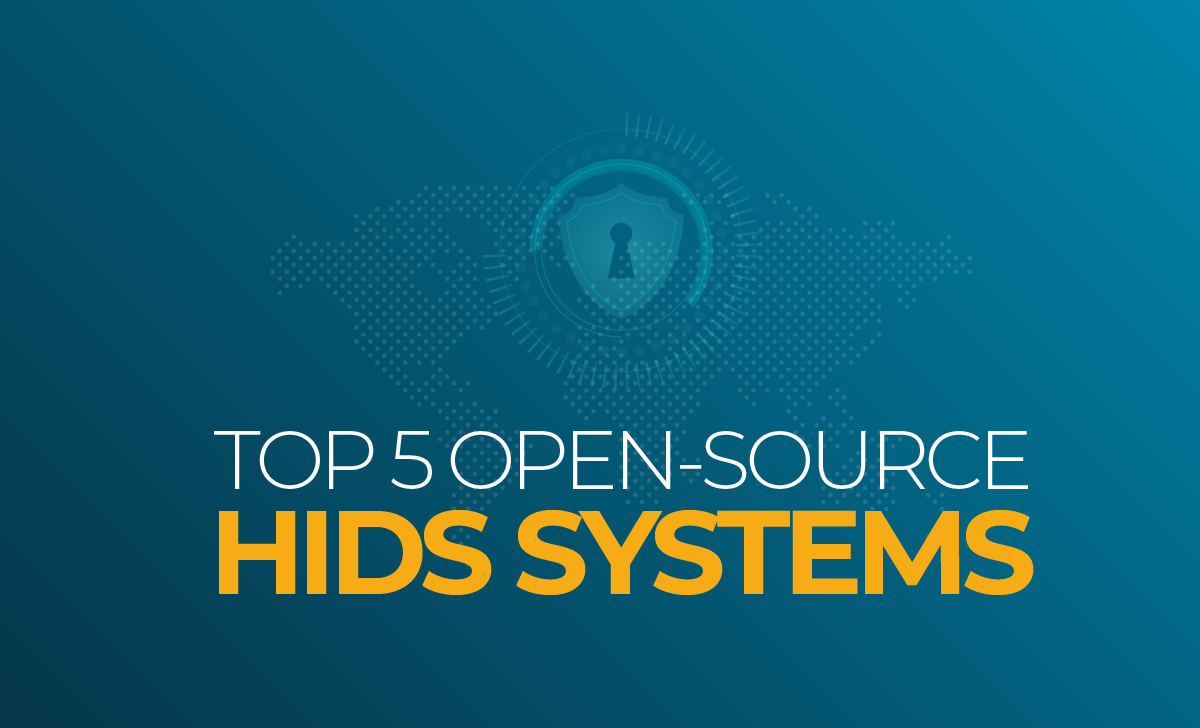
A Fireside Chat with CNCF’s CTO on OpenTelemetry (and More!)

KubeCon Europe 2023 will be held in Amsterdam in April, with many exciting updates and discussions to come around projects from the Cloud Native Computing Foundation (CNCF).
That’s why I was thrilled to host Chris Aniszczyk, the CTO of the CNCF on the March 2023 episode of OpenObservability Talks. We had a wide-ranging, free-flowing conversation that touched on all things cloud native, observability and the future of our space.
As an additional note: OpenObservability Talks is thrilled to announce that we’ll be a media partner of KubeCon+CloudNativeCon Europe 2023 in April. Subscribe to OpenObservability Talks, where the April episode will feature updates directly from the KubeCon show floor in Amsterdam. Don’t miss it, and I’ll see you there.
The State of OpenTelemetry
Our podcast is all about open observability. In my opinion the most fascinating project in the observability domain is OpenTelemetry. We’ve discussed OpenTelemetry many times on the podcast, including hosting Alolita Sharma—the co-chair of the CNCF Technical Advisory Group for Observability and a member of the OpenTelemetry Governance Committee—to discuss updates following KubeCon Europe in 2022.
For his part, Chris has recently been working on the CNCF project journey report for OpenTelemetry, which is ready to be officially published, potentially in time for the upcoming KubeCon Europe. The journey report tracks the evolution of a project from its birth, to when it joins CNCF, to where it is now—whether it’s an incubating or graduated project.
I asked Chris if he could give us a sneak peak at the key findings of the forthcoming report. He mentioned one thing they’re looking at is where contributions are coming from for the OpenTelemetry project.
Bigger corporations, including Splunk, Microsoft, LightStep, Google and Dynatrace, were the top overall contributors to the project, making up approximately 60% of the contributions. The other 40% are coming from startups, individuals and other vendors.
“It’s a healthy dynamic overall, and it has those characteristics of a growing healthy project. I think everyone involved in the project should be very proud because it is very difficult to get to that state where you have more companies involved and contributing, and the project hasn’t slowed down. It’s a crazy thing.”
Chris Aniszczyk
All the while, OpenTelemetry is the second-most active project under the CNCF behind Kubernetes. While Kubernetes has approximately 4,000 contributors, OpenTelemetry is next with approximately 1,500.
“As someone who’s been involved in observability-related stuff throughout my career…it’s nice to see the industry finally coming together to at least spec out stuff that works, mostly across different tools and common language”.
Chris Aniszczyk
What are the Possibilities of OpenTelemetry?
As for the future of OpenTelemetry, Chris wonders if the project could be bigger. If OpenTelemetry is being used for observability signals, and so much effort is going into it already, why couldn’t it be used for even more?
“There are some days when I think OpenTelemetry should be more ambitious and not only just focus on the basic metrics, logs, traces, signals, but why don’t we also start coming up with specifications regarding people who want to observe potentially the economic impact or environmental impact of a service or workload,” Chris says. “Just making that part of the OTEL effort could be interesting, but that’s something for the community to figure out.”
I agree that OpenTelemetry has more potential. I submitted an OpenTelemetry Enhancement Proposal (OTEP) at the end of last year, in which I proposed to include CI/CD observability, using OpenTelemetry to monitor Jenkins, Argo and any other pipelines. It is a massive use case that people already are doing in practice, but there is no standardization on the semantic convention side of things, which is exactly where OpenTelemetry specification can help.
I asked Chris if he could see OpenTelemetry expanding beyond generation and collection and towards storage and analytics backend functions.
“I think overall open source is a natural commoditization engine,” Chris says. “Once people get something they like, they’ll ask, “Does this also support potentially long-term and scalable storage?” People show up and potentially propose it and do the work. It wouldn’t surprise me at all if this happens. Obviously, we have a philosophy that projects are self-governing and they forge their own destiny. But it would not surprise me if you see this.”
Chris noted the trend of observability or monitoring companies becoming more like security security companies and vice-versa. We’ve noted the synergy in this space previously.
“This stuff I think will impact OTEL in a way where it’s going to have to support more of these maybe traditional use cases that some of the SIEMs of the world have built”.
Chris Aniszczyk
In this fascinating episode, we discussed much more than just OpenTelemetry. We discussed other observability projects, the synergy between projects, open source sustainability, the community, and more.
Want to learn more? Check out the OpenObservability Talks latest episode: Cloud Native Unplugged: A Fireside Chat with CNCF’s CTO.
Get started for free
Completely free for 14 days, no strings attached.








